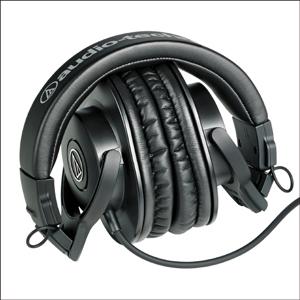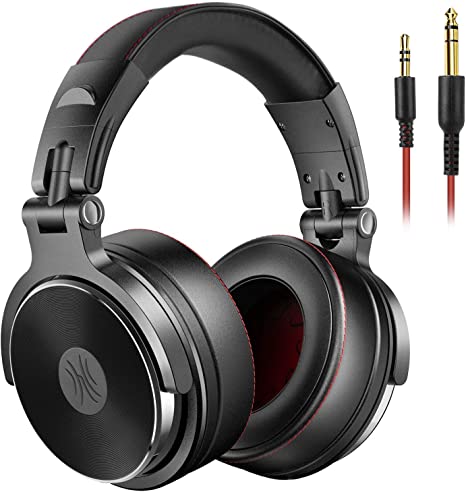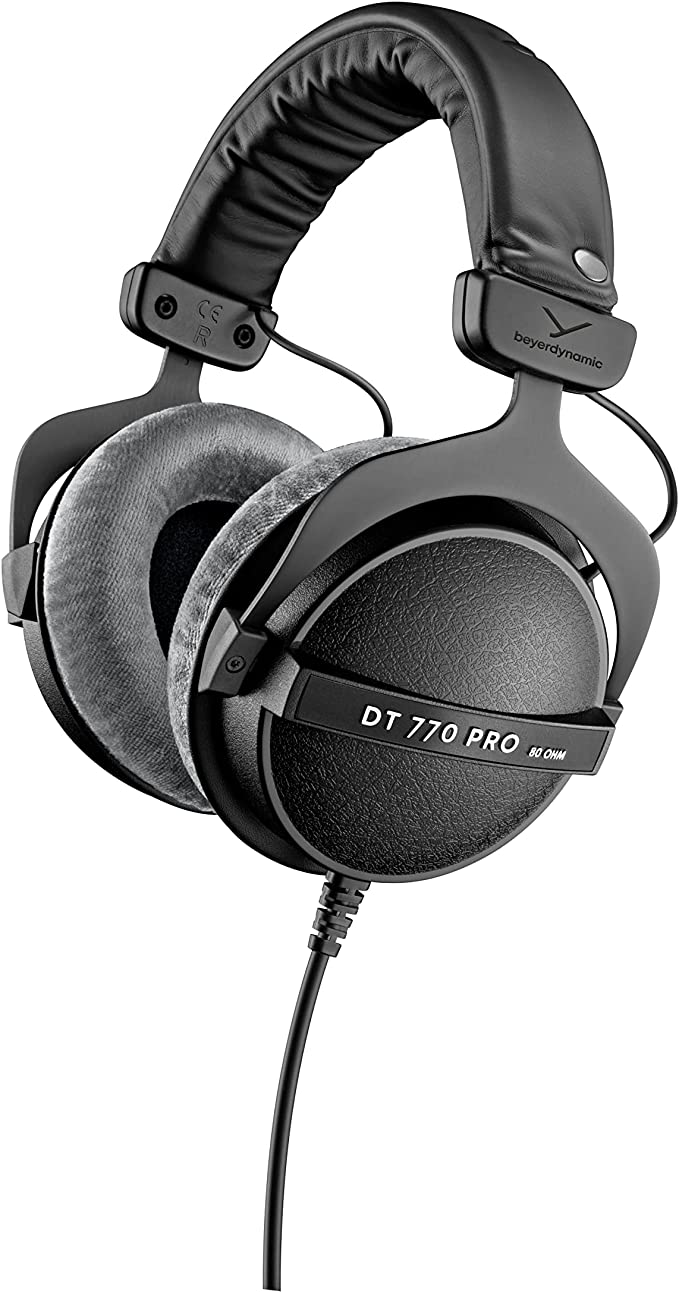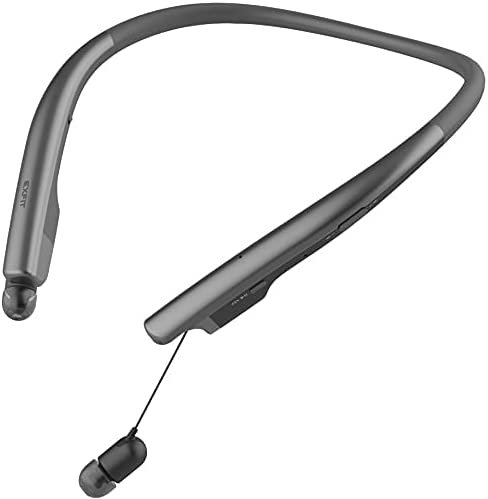Audio-Technica AT4040 Cardioid Condenser Microphone: Capture Studio-Quality Sound
Update on March 21, 2025, 3:02 p.m.
In the world of audio, whether you’re a seasoned musician, a budding podcaster, or simply someone who appreciates high-quality sound, the journey begins with capturing the source as accurately and cleanly as possible. The microphone, that seemingly humble device, stands as the gatekeeper, transforming acoustic energy into the electrical signals that eventually reach our ears. Choosing the right microphone is therefore not just a technicality; it’s a fundamental decision that shapes the very character of the final sound. A poor microphone can muddy even the most exquisite performance, while a great microphone can elevate even a simple recording to new heights.

Introducing the Audio-Technica AT4040: A Legacy of Clarity
Audio-Technica, a Japanese company founded in 1962, has a long and respected history in the audio industry. Initially known for its high-quality phono cartridges, Audio-Technica expanded into microphones, headphones, and other audio equipment, earning a reputation for quality and value. The AT4040, introduced in the mid-1990s, quickly became a popular choice for both home and professional studios, offering a level of performance that belied its relatively affordable price. It’s a testament to the enduring power of good design that the AT4040 remains a relevant and respected microphone decades after its release.
Decoding the Condenser: How it Captures Sound
Before diving into the specifics of the AT4040, it’s crucial to understand the fundamental principles behind condenser microphones. Unlike dynamic microphones, which use a moving coil within a magnetic field to generate a signal (similar to a miniature loudspeaker in reverse), condenser microphones rely on the principle of capacitance.
Imagine two metal plates placed very close together, forming a capacitor. One of these plates is a thin, lightweight diaphragm, typically made of gold-sputtered Mylar, a type of polyester film. The other plate is a fixed backplate. When sound waves strike the diaphragm, it vibrates, changing the distance between the diaphragm and the backplate. This change in distance alters the capacitance of the system – the ability to store an electrical charge.
To make this tiny change in capacitance useful, a voltage is applied across the plates. This is where “phantom power,” typically 48 volts supplied by an audio interface or mixer, comes in. As the capacitance changes, the voltage across the plates varies proportionally, creating a small electrical signal that mirrors the sound waves. This signal is then amplified by a preamplifier circuit within the microphone. This is a fundamental difference from dynamic microphones, which generate their own signal and don’t require external power.
Think of it like this: a dynamic microphone is like a self-powered windmill, generating electricity directly from the wind. A condenser microphone, on the other hand, is like a delicate weather vane, requiring an external power source to detect the slightest breeze and translate it into a usable signal. This sensitivity is a key advantage of condenser microphones, allowing them to capture subtle nuances and details that dynamic microphones might miss.

Inside the AT4040: A Symphony of Engineering
The AT4040 isn’t just any condenser microphone; it’s a carefully engineered instrument designed for sonic excellence. Let’s break down its key features:
The Large-Diaphragm Advantage: Sensitivity and Nuance
The AT4040 features a large diaphragm, typically around one inch in diameter. This larger surface area is more sensitive to subtle variations in sound pressure, allowing it to capture a wider dynamic range – the difference between the quietest and loudest sounds it can accurately reproduce. It also contributes to a richer, more “full-bodied” sound, often described as “warm.” This is partly due to the way a large diaphragm interacts with sound waves, particularly lower frequencies.
Furthermore, the larger diaphragm contributes to a phenomenon called the “proximity effect.” When a sound source is very close to a directional microphone (like the AT4040), the bass frequencies are accentuated. This can be used creatively to add warmth and fullness to vocals, but it also requires careful microphone placement to avoid an overly boomy sound.
The Cardioid Pattern: Focusing on Your Source
The AT4040 utilizes a cardioid polar pattern. This means it’s most sensitive to sound arriving from directly in front of the microphone (0 degrees), while rejecting sound from the sides (90 degrees) and rear (180 degrees). The name “cardioid” comes from the heart-shaped pattern of its sensitivity.
Imagine shining a flashlight in a dark room. A cardioid microphone is like a focused beam, illuminating only what’s directly in front of it. This is incredibly useful in recording situations where you want to isolate the desired sound source and minimize background noise. For example, in a home studio, a cardioid pattern can help reduce the pickup of unwanted sounds like computer fans, room reflections, or street noise.
Transformerless Output: Purity and Speed
Many classic condenser microphones used transformers in their output stage. Transformers can add a desirable “coloration” to the sound, but they can also introduce some limitations, particularly in terms of transient response – the microphone’s ability to accurately reproduce rapid changes in sound level.
The AT4040, however, employs a transformerless output circuit. This design minimizes low-frequency distortion and provides excellent transient response. This means the microphone can react very quickly to sudden sounds, like the attack of a snare drum or the pluck of a guitar string, without blurring the details. The result is a cleaner, more accurate, and more “transparent” sound.
Low Self-Noise: The Silence is Golden
No microphone is perfectly silent. All microphones generate some internal noise, often heard as a faint hiss. This is known as “self-noise.” The AT4040 is engineered for exceptionally low self-noise, boasting a signal-to-noise ratio (SNR) of 82 dB.
The SNR is a measure of how much stronger the desired signal (the sound you’re recording) is compared to the unwanted noise. A higher SNR means less noise and a cleaner recording. An 82 dB SNR is considered excellent for a condenser microphone in this price range, ensuring that the AT4040 captures the subtleties of your performance without adding significant hiss.
The Role of the Shock Mount
The AT4040 comes standard with a custom-engineered shock mount (the AT8449). This seemingly simple accessory plays a crucial role in isolating the microphone from external vibrations. If a microphone is directly attached to a stand, vibrations from the floor (footsteps, traffic rumble) can travel up the stand and into the microphone, creating unwanted low-frequency noise.
The shock mount suspends the microphone using elastic bands or other vibration-damping materials, effectively decoupling it from the stand. This minimizes the transmission of vibrations, resulting in a cleaner, clearer recording, especially when capturing delicate sounds or using high gain settings.
Beyond the Specs: Real-World Applications
The technical specifications of the AT4040 are impressive, but its true value lies in its versatility and performance in real-world recording situations.
Vocals: Capturing the Human Voice
The AT4040 is widely regarded as an excellent vocal microphone. Its clarity, detail, and warmth bring out the nuances of the human voice, making it suitable for a wide range of vocal styles, from delicate whispers to powerful belts. The cardioid pattern helps isolate the vocalist from background noise, while the low self-noise ensures a clean recording.
Instruments: From Acoustic Guitars to Grand Pianos
The AT4040’s ability to capture a wide frequency range and handle high sound pressure levels (SPL) makes it a versatile choice for recording instruments. It excels at capturing the delicate details of acoustic guitars, the rich harmonics of pianos, and the dynamic range of drums (though care should be taken with extremely loud sources to avoid distortion).
Podcasting and Streaming: Professional Sound, Simplified
With the rise of podcasting and live streaming, the demand for high-quality audio has never been greater. The AT4040 provides a significant step up from built-in computer microphones or gaming headsets, delivering a professional sound that enhances the listener’s experience. Its ease of use and relatively affordable price make it an accessible option for aspiring content creators.
Voice-Over and Narration: Clarity and Presence
The clarity and natural sound of the AT4040 make it an excellent choice for voice-over work and narration. It captures the nuances of the voice with precision, ensuring that every word is clear and intelligible.

AT4040 vs. Rode NT-USB Mini: A Tale of Two Mics
While the AT4040 is an excellent choice for many applications, it’s helpful to compare it to another popular microphone, the Rode NT-USB Mini. The NT-USB Mini is a USB condenser microphone designed for simplicity and ease of use. It plugs directly into a computer, eliminating the need for a separate audio interface.
Here’s a brief comparison:
| Feature | Audio-Technica AT4040 | Rode NT-USB Mini |
|---|---|---|
| Connection | XLR | USB |
| Power | 48V Phantom Power | USB Bus Power |
| Polar Pattern | Cardioid | Cardioid |
| Diaphragm Size | Large | Smaller |
| Self-Noise | Lower | Higher |
| Frequency Response | Wider | Slightly Narrower |
| Versatility | More Versatile | Less Versatile |
The NT-USB Mini is a great option for those who prioritize simplicity and portability. However, the AT4040, with its XLR connection, larger diaphragm, and lower self-noise, offers superior sound quality and greater flexibility for more demanding recording applications. The AT4040 requires an audio interface, which adds to the overall cost, but it also opens up possibilities for using higher-quality preamps and other outboard gear.
Getting Started with the AT4040: A Practical Guide
Using the AT4040 is relatively straightforward, but a few key steps will ensure optimal results:
Connecting to an Audio Interface
The AT4040 has an XLR connector, which means it needs to be connected to an audio interface with an XLR input. An audio interface is a device that converts the analog signal from the microphone into a digital signal that your computer can understand. It also typically provides phantom power and preamplification.
Phantom Power: The Unsung Hero
As a condenser microphone, the AT4040 requires 48V phantom power to operate. This power is supplied by the audio interface through the XLR cable. Most audio interfaces have a button or switch to enable phantom power, usually labeled “+48V” or “Phantom.” Make sure this is turned on before connecting the microphone.
Setting Gain Levels
The gain control on your audio interface adjusts the level of the signal from the microphone. Setting the gain correctly is crucial for achieving a clean, noise-free recording. If the gain is too low, the signal will be weak and you’ll have to boost it later, which can amplify noise. If the gain is too high, the signal can clip or distort, resulting in an unpleasant sound.
The goal is to set the gain so that the signal is strong enough to be clearly heard, but not so strong that it clips. Most audio interfaces have meters that show the signal level. Aim for the signal to peak around -12 dBFS to -6 dBFS (decibels relative to full scale) on the meters.
Positioning for Optimal Sound
Microphone placement is crucial for achieving a good recording. For vocals, a good starting point is to position the microphone about 6-12 inches away from the singer’s mouth, slightly off-axis (not directly in front). Experiment with different distances and angles to find the sweet spot.
For instruments, the optimal microphone placement will vary depending on the instrument and the desired sound. Research common microphone techniques for the specific instrument you’re recording.
Pop Filters and Shock Mounts: Essential Accessories
Always use the included shock mount.
A pop filter is a screen placed between the singer’s mouth and the microphone. It helps reduce plosives – those bursts of air that occur when pronouncing “p,” “b,” and other similar sounds. Plosives can cause a loud “pop” in the recording, which can be difficult to remove. A pop filter diffuses these bursts of air, resulting in a cleaner vocal recording.
Conclusion: The Enduring Appeal of the AT4040
The Audio-Technica AT4040 is more than just a microphone; it’s a testament to the power of good engineering and thoughtful design. Its combination of clarity, low noise, versatility, and affordability has made it a favorite among musicians, podcasters, voice-over artists, and recording engineers for decades. While technology continues to evolve, the fundamental principles behind the AT4040 remain timeless, ensuring that it will continue to be a valuable tool for capturing sound for years to come. It’s a solid investment for anyone serious about audio quality.







































